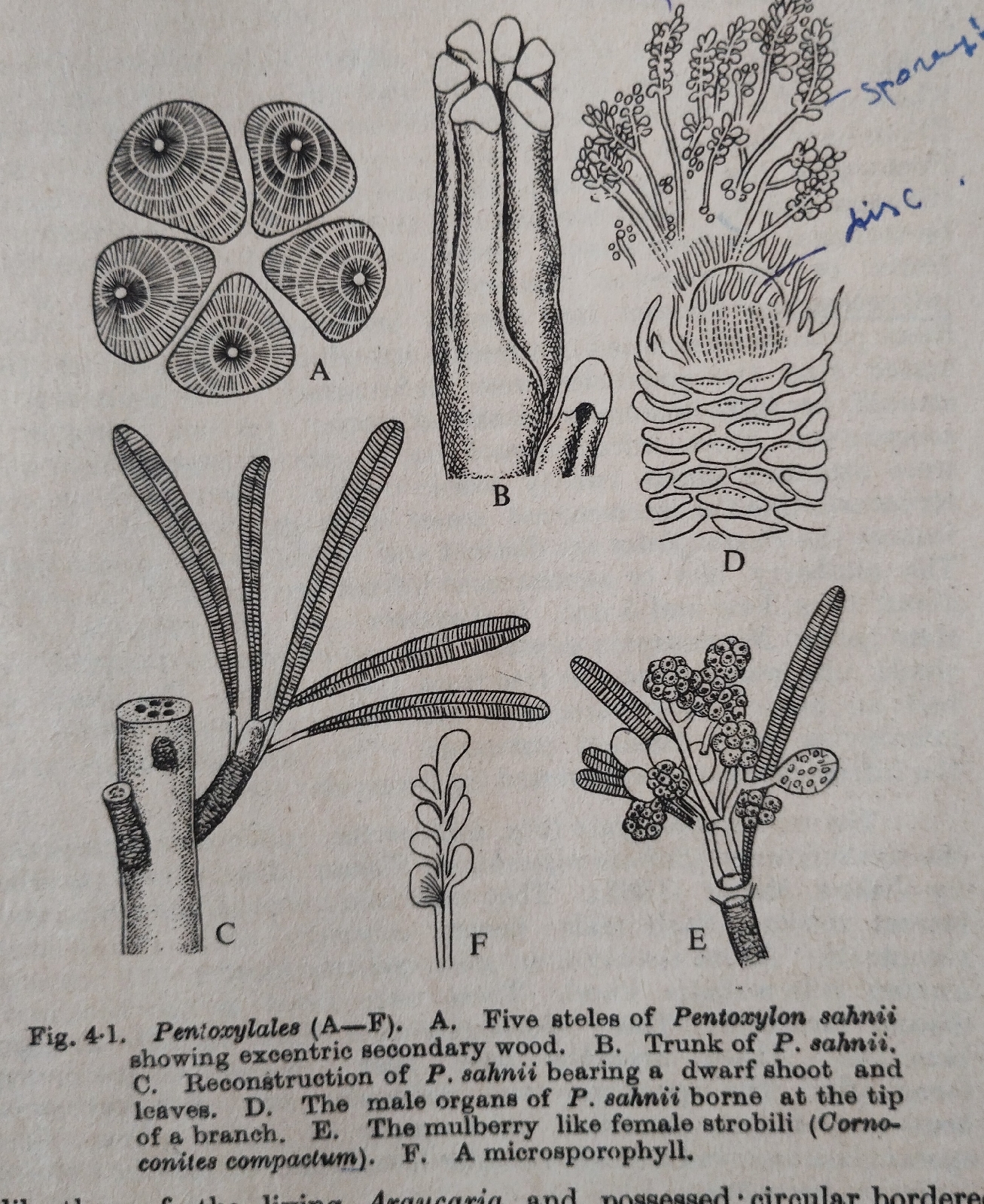Morphology of Angiosperms # Placentation
A placenta is the laminar tissue corresponding swollen & enlarged portion of the inner adaxial surface of the ovarian wall bearing one or more megasporangia i.e. ovule . Exceptionally ovules borne on abaxially in Cercidiphyllum. Arrangement of ovules in the ovarian wall is termed as placentation.
Basically, there are two types of placentation,rest are the modifications of these two .
(1)Laminar placentation: It is the most primitive type where carpellary leaf or lamina closing along mid-vein with the margin united to form the ventral suture.
e.g. in the members of Nymphaceae like Nymphaea, Butomus,etc ovules borne on all over the lamina.
(2)Basal placentation : The basal placentation is actually a modified form of the laminar placentation in which the ovary is modified in such a way that ovule or ovules apparently borne on the base of the ovary i.e. carpel chamber.
e.g. Members of Asteraceae like Helianthus annuus, Tagetes patula,etc. and members o Polygonaceae like Polygonum barbatum,P orientale,etc.
Evolution of Placentation:
Laminar type & Basal type modified into the following ways:
(I) Laminar->Marginal->Axile->Parietal
(II) Laminar->Marginal->Axile->Free central->Suspended
(III)Basal->Marginal->Axile->Parietal
(IV)Basal->Marginal->Axile->Free central ->Suspended
(V)Basal->Free central->Suspended.
(3) Marginal placentation: In this type ovules borne in series on the ventral suture.The ovary may be monocarpellary e.g.Mimosa pudica of Mimosaceae ,Pisum sativum of Papilionaceae etc. or may be multicarpellary apocarpous type in many families of Magnoliales-Ranales,Rosales, etc.e.g. Drymis , Magnolia etc.
(4) Axile placentation : Two or more ovule bearing carpels fuse laterally and grow inwards to form multilocular syncarpous ovary and placenta lie round a central axis e.g. Solanum nigrum of family Solanaceae, Hibiscis rosa-sinensis ;family Malvaceae,etc.
(5) Parietal placentation: The margin to margin fusion of open carpels results in the development of uniloclar syncarpous gynocia where ovules borne on confluent margins.e.g. members of Violaceae, Passifloraceae, Caricaceae, Cucurbitaceae, Brassicaceae etc (e.g. Brassica nigra,B. campestris ,etc.).
(6)Free central placentation: The gynoecium is uniloclar,syncarpous and placenta with ovules lie on central column which is free from the lateral partition walls e.g. members of the family like Caryophyllaceae( e.g. Stellaria media ,Dianthus caryophyllus,etc.), Primulaceae (e.g. Primula sp.), Portulaccaceae ,etc.
(7) Suspended apical placentation :
It is the modification of laminar type where ovule number reduced to one and placenta apparently placed at the apex of the ovary chamber ,e.g., Sarcandra sp. of family Chloramthaceae.




Comments
Post a Comment